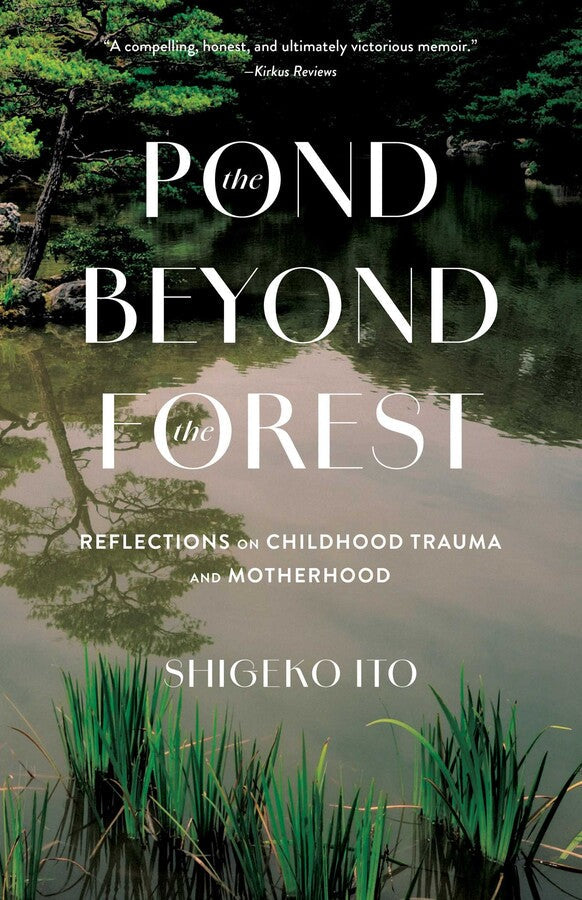Little Darlings: Real-World Story Setting in Middle Grade Fiction

In our latest Little Darlings article, award-winning author and Darling Axe editor Kate Lee takes a look at the setting you might choose as the backdrop for your children’s novel. The good news is, you don’t have to create a fantasy realm in the tradition of Tolkien, Pullman and A. F. Steadman of ‘bloodthirsty unicorn’ fame, unless, of course, you want to.
Real-world settings and "reality with a twist," whether that’s magical or time-related, offer wonderful imaginative scope for authors and lots of fun for young readers.
Finding inspiration on home turf
Many writers of middle grade fiction for ages nine to twelve choose to set their story in a contemporary, easily recognisable place. For some or even most readers, such as those who live in the same country, it will be relatively familiar, peppered with references to practical, day-to-day features of today’s world such as mobile phones, air travel, and frozen food. A setting that is easy to grasp, visualise, and believe in offers many positives for children aged nine plus who are building their reading stamina and confidence.

As a writer, your own home town, village, state, or country may feel like the most natural place in the world to write about. This is a sensible choice, since that innate familiarity with your immediate environment, its features, history, and location means you’re well-placed to write with authenticity. You’ll know everything from distances to architectural styles to commonly kept family pets; the sounds, sights, and smells you’d typically encounter as you walk down the street; cultural markers and touch points; and the weather in any given season.
Alan Garner, describing the way Alderley Edge in Cheshire, North West England, has inspired his work, writes:
“As a child I lived in a cottage at the foot of the Edge. The hill was my playground, school and world. It was where I learned to see, hear and feel: the grassness of grass, the rockness of rock, the treeness of tree, the skyness of sky.”
Unless there’s a powerful reason for selecting a different place or era, choosing your own patch, in your own time has much to recommend it. Authenticity as regards setting helps your reader to feel secure, and this in turn supports enjoyment of the story.
Showing young readers a new world

Familiar definitely does not have to mean dull. Thrilling adventure Twitch by M. G. Leonard showcases the author’s deep love of the natural world (especially birds) alongside beautifully-evoked UK home environments, boats, camper vans, and a contemporary school setting. Children who have not had the opportunity to spend much (or any) time in forest spaces will gain a wonderful insight into a rich, green world, while still recognising many familiar elements within the story setting, such as the corner shop.
Of course, it's important to consider the extent to which your own personal experiences of your world may resonate with a wide range of young readers, who will come from many different cultural backgrounds and socio-economic situations. Offering a glimpse of somewhere that may be as unfamiliar to your readers as it is familiar to you takes skill and sensitivity, but is a wonderfully worthwhile thing to do. Encouraging young minds to experience new places one step removed, through fiction, and to explore ideas around, say, the need to protect birds, is a deeply meaningful and rewarding aspect of writing for children.

And then there’s the business of how your protagonist, and wider cast, will respond to that world. With confidence, wonder, excitement, or fear?
Scottish author Elle McNicholl’s middle grade novel A Kind of Spark is set in a village near Edinburgh and the Water of Leith in Scotland. It offers a skilfully-evoked glimpse of both countryside and city plus built environments ranging from lecture theatres to community halls to bookshops. Young readers can easily see these spaces and understand the main character’s experience of them—especially significant as eleven-year-old heroine Addie is neurodivergent.
Reality with a sprinkle of magic
McNicholl, now based in London, has gone on to present "reality with a twist" in her subsequent books, and speaks eloquently about layering magic onto real city streets in her third novel Like a Charm published in 2022 and also set in Edinburgh.

Many middle grade authors have lots of fun adding magic to a place they know well, or a version of that place. In Malamander and the subsequent series of magical mystery novels, Thomas Taylor conjures an English seaside town called Eerie-on-Sea, a perfect choice of name given the strange goings on in the story. Inspired by the real town of Hastings, Taylor, explains:
“When I first moved to the seaside, I quickly discovered that coastal towns like mine have a strange character of their own in the winter months. When the ice cream kiosks are closed and the bucket-and-spade tourists are gone, darkness and the weather claim the town. Only people with a good reason (or a very bad one) go down onto the beach then, while on windy days you can barely walk upright. At other times sea mist creeps into the streets, full of hidden things that seem to peer in at you through your windows as you stoke up the fire.”
Bringing your world to life

Like Taylor, I enjoy creating place names that enhance and support the overall feel of the work and help bring it to life. I’ve just finished writing a middle grade adventure set in imaginary Craggy Bay, inspired by a real town in North Cornwall. My twelve-year-old hero Kit lives in Puffin Cottage (sadly not as cosy as it sounds!), his favourite cake shop is called Dainty Doughnuts, and I’ve invented coastal and nature-inspired place names such as Lapwing Lane, Dolphin Square, and Robbins Rock, site of a deserted lighthouse.
Part of my creative process is to map out and draw significant spaces and places in a large-format notebook. This invitation to cross things out and start again frees the creative spirit and helps me cement aspects such as scale, position, and distance and, importantly, see what my characters can see.
Going back in time

Of course, what characters see now—today—might be very different to what they’d have seen a few decades, or even a few centuries ago, and this offers another interesting route in to working with a familiar, real-world setting: change the era.
Two great examples in middle grade fiction are The Valley of Lost Secrets by Lesley Parr and The Somerset Tsunami by Emma Carroll.
The latter story is based on a real event—a freak flood that reached twenty-five miles inland in 1607, devastating large areas of the west coast of England. Through her brave, relatable protagonist, a young girl called Fortune Sharpe, Carroll inspires a fascination with history as well as evoking with passion and precision a landscape she knows well.

In The Valley of Lost Secrets, young readers are invited into the lives of young evacuees sent from London to Wales in September 1939 at the beginning of World War II. The author brilliantly evokes the period as well as the rural landscape and mining community, with well-chosen details such as toys and clothes from that era, along with food (usually of interest to young readers) such as the "wobbling jellies and pink blancmange" laid out to welcome the evacuee children.
Whether you choose to sprinkle magic, slip back in time, or stay firmly in the present, using a familiar, real-world location is a great way to establish an authentic story setting. Garner puts it beautifully when he describes this aspect of the creative process as "finding the gold in my own back yard."
Good luck treasure hunting!

Kate is an award-winning author who has published poetry, flash fiction, and short stories along with six picture books including Santa’s Suit (Campbell Books), a bestseller translated into seven languages. Kate followed up her MA in Creative Writing (Chichester University, UK) with a PhD (Southampton University, UK) and has a special interest in maps in children’s fiction. As a developmental editor and mentor, Kate offers a calm, experienced, and supportive approach to help writers shape their narrative and develop their craft, with an emphasis on pace, structure, character, and point of view. Kate reviews picture books for IBBY UK as a volunteer and is passionate about diversity and inclusion in children’s literature.






